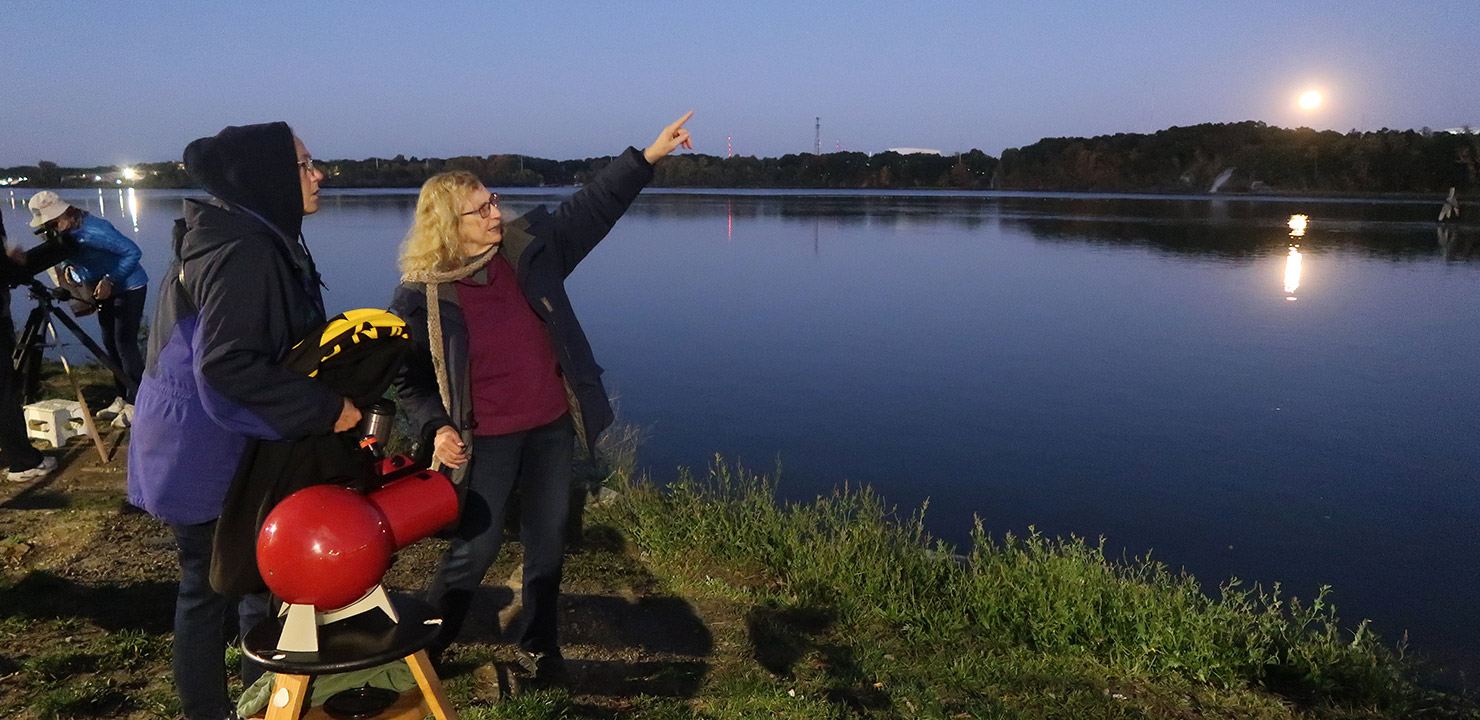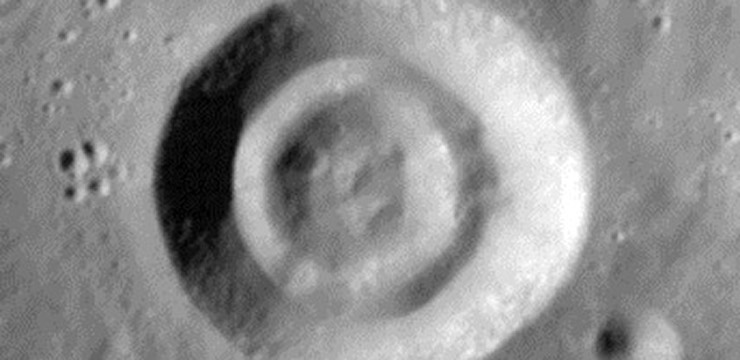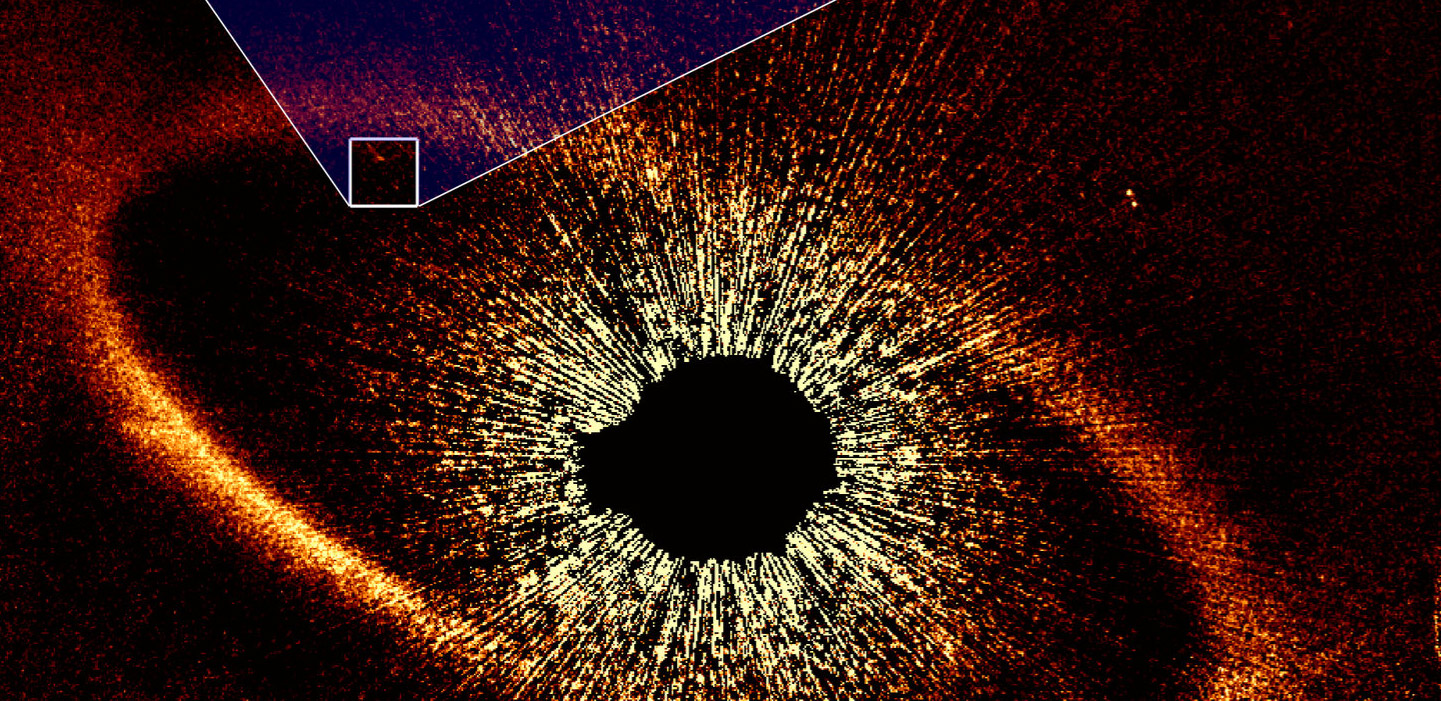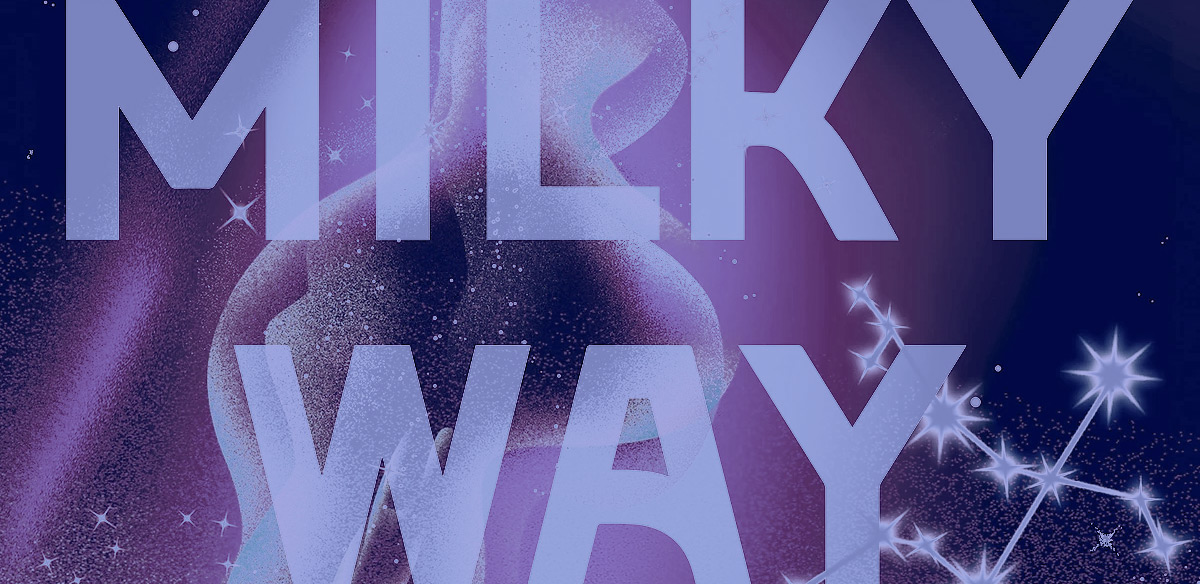October 2022
Observing at Seagrave Memorial Observatory
The observatory’s telescopes will be available for observing (weather permitting), or set up your own telescope on the grounds.
Boxed Deli Lunch
Consisting of choice of grinder or salad from Dave's Market, chips, drink and cookie/brownie. Cost $15. Pre-order and payment with registration required.
Evolution of the Moon
Michael CorveseContinuing from his last presentation on the origins on the Moon, Michael Corvese will take us through a timeline of cosmic and geologic events that give us the characteristics of the Moon that we see today.
Mapping the Cosmic "Dark Ages" with Radio Astronomy From the Lunar Far Side
Jonathan PoberThe so-called Cosmic "Dark Ages" -- the period in our Universe's history after the release of the Cosmic Microwave Background (CMB) and before the formation of the first stars -- are nearly unobservable, given the complete lack of luminous sources that existed at the time. However, low-frequency radio observations can measure the distribution of hydrogen gas during this era, providing a look into this heretofore-yet-unseen period of cosmic history. The very long wavelengths (greater than 10 meters) associated with this signal cannot be observed from the ground due to the opacity of the earth's ionosphere, necessitating a space-based mission. In this talk, I will further describe the motivations for such an experiment and highlight the design considerations that will be required to make this ambitious project a reality.
"Noble Instruments" -- Hale's Solar Telescopes and his Early Vision for the Solar-Stellar Connection (Virtual via Zoom)
John BriggsIn a well-illustrated presentation, John W. Briggs of New Mexico will describe how George Ellery Hale, a visionary, pioneering astronomer, was drawn into solar physics at an early age and proceeded to devote his life to the construction and use of instruments and observatories, both for the Sun, and for what what has come to be called the solar-stellar connection. Hale's writings continue to deserve study, and John will share examples of Hale's publications that remain easily available and enjoyably collectable.
Adventures of an Eclipse Chaser
Joe RaoFor the past 50 years, Joe Rao has traveled around the world to observe total solar eclipses. He has observed the solar corona from land, sea and air, from such diverse locations as the North Pole and Antarctica, Montana, Turkey and Canada's Gaspe Peninsula. He has served as onboard meteorologist for four eclipse cruises and has coerced airlines to change their flight itineraries in order to position regularly scheduled commercial flights so as to view the Sun in total eclipse. Through 13 eclipses he has spent more than 30 minutes "basking" in the Moon's dark umbral shadow and along the way has experienced many interesting and memorable experiences which he will share in this illustrated talk.
Bringing the Stars Home: Astronomical Advertising to Sell Goods
Sara SchechnerCelestial bodies have long evoked wonder, and many companies took advantage of the symbolism of astronomy and its instruments to market their products in the 19th and 20th centuries. D-Zerta drew on the anticipated return of Comet Halley in 1910 to launch its new pudding. Excitement over the opening of the world’s largest telescope in 1949—the 200-inch telescope at Palomar Observatory--was used to sell Buicks and bread. This talk will focus on the diverse ways that images of astronomical instruments—especially sundials and portable telescopes—were used to sell consumer goods and lifestyle choices.
The advertisements for goods and services unrelated to astronomy fall into three categories. Victorian trade cards often had romantic, comic, or historic images to catch the eye of consumers who would take and share the cards that promoted food stuffs, farm tools, patent medicines, local haberdashers and other businesses. The second group of advertisements (mostly found in magazines) associated a characteristic of the depicted scientific instrument with the product. For example, an astrolabe might be associated with the complexity and usefulness of a typewriter; a sundial with the time-tested endurance of a refrigerator, a shoe for every hour of the day, or cocktails for those happy hours; or a telescope for the search and discovery of sexy underwear or the best motor oil. The third group drew upon the spectacle and romance of stargazing to suggest that the product would delight the consumer with an out-of-this-world experience be it through Life Saver candy or plush carpet. I will also exhibit a fourth category of advertisements that promoted the purchase of telescopes to amateur astronomers by placing attractive women next to them.
The Royal Observatory (City Observatory) at Edinburgh, Scotland
Rick LynchThe first Royal Observatory was founded on Carlton Hill in the city of Edinburgh in 1822 and remained there until 1896 when it moved to the Blackford Hill site. The original observatory, associated buildings and monuments still exit on Carlton hill today. Earlier this year I visited the site and will discuss the early history of the observatory and its buildings.
Dinner Break
Dine on your own at a local restaurant. A list of suggestions will be available.


Moonrise on the Seekonk: October 2022

Lunatic’s Corner: Hesiodus A
: By Michael Corvese
Fomalhaut: Not So Lonely After All
: By David ProsperSkylights: October 2022
: By Jim Hendrickson



